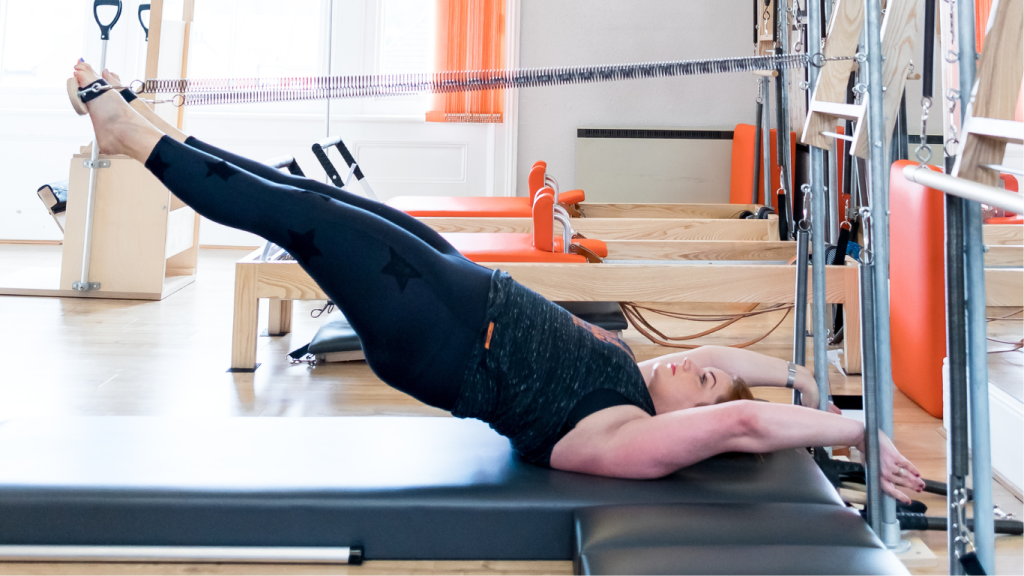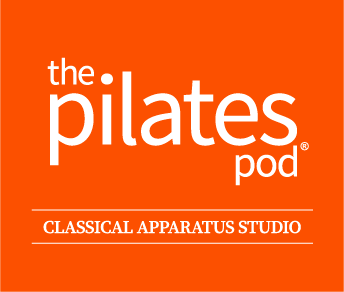
Unlocking Strength and Support: The Power of Classical Pilates Springs
Pilates is a transformative movement system that uniquely combines strength, flexibility, and control.
While matwork in Pilates is a well-known and effective form ( and the epitome of what you are trying to achieve), the classical Pilates apparatus, particularly its signature springs, offers an unparalleled level of support and resistance.
These springs serve as both an aid and a challenge, helping you achieve movements that may be too difficult on the mat while creating lift, space, and alignment in your spine and joints. Additionally, working with springs as resistance offers numerous benefits for everyday life, bone health, muscle tone and strength, posture, and overall longevity.
The role of springs in Classical Pilates
In classical Pilates, springs are a defining feature of equipment like the Reformer, Cadillac, Tower, High Chair, Wunda Chair, Arm Chair, Ped-o-Pul. Unlike traditional weight training, where resistance is often constant, springs provide variable resistance that changes through the range of motion. This unique property allows for both assistance and challenge, depending on the exercise and the way the springs are utilised.
When used correctly, they can provide you with assistance and help you achieve movements that might otherwise be too challenging on the mat. They guide you through exercises, providing feedback and support where your body needs it most.
They are also used as muscular resistance, both resistance for the whole muscular tone of the muscles as well as resistance from the inner deep stabilising muscles of the core.
The springs in Pilates build strength, stability, and control, requiring deep engagement of the core and other muscle groups and a real sense of focus, precision and mindfulness. This dynamic resistance helps improve coordination, proprioception, and overall body awareness.
Creating Lift and Space in the Spine and Joints
One of the fundamental benefits of working with Pilates springs is their ability to create a sense of lift and space within the body. Many individuals struggle with spinal compression, poor posture, and joint tightness due to prolonged sitting, stress, or muscular imbalances. The controlled resistance of the springs encourages length and decompression in the spine, promoting healthy alignment and improved mobility.
That’s what makes Pilates so unique, and quite literally, magic!
Often with heavy weight training, although the muscles gain more global power and muscle mass, the body can get tight and the joints overly pressured. Over time, working like only this can cause fatigue in the supporting muscles, ligaments and tendons that aren’t as balanced as the bigger outward muscles. This leads to stiffness, a lack of mobility and flexibility and injury.
Who wants big guns and killer quads if you can hardly walk properly, can’t touch your toes to do up your shoelaces or you end up at a higher risk of injury?!
By working with the Pilates springs, you can enjoy the sensation of lift and buoyancy, which translates into better posture and movement efficiency in daily life.
The Benefits of Pilates Springs for Everyday Life and Longevity
Incorporating Pilates springs into your routine goes beyond improving flexibility and control; it has profound benefits for everyday function and longevity. The variable resistance provided by the springs enhances muscle tone, strengthens bones, and promotes overall mobility, all of which are crucial for maintaining independence and vitality as you age.
- Bone Health: Resistance training is essential for bone density, and the controlled tension of the springs stimulates bone growth and helps prevent osteoporosis, making Pilates an excellent practice for long-term skeletal health.
- Muscle Tone and Strength: The springs engage multiple muscle groups at once, promoting lean muscle tone and balanced strength throughout the body.
- Posture and Alignment: The guided core resistance of the springs encourages proper spinal alignment, reducing strain on the neck, back, and shoulders while improving overall posture.
- Longevity and Vitality: A strong, aligned body with improved balance and flexibility enhances movement efficiency and decreases the risk of falls and injuries, which are key factors in maintaining quality of life as you age. You’ll also be able to continue doing the things you love for longer like playing golf, picking up the children, running etc.
- Enhanced performance: The springs make your body more balanced, and a heightened awareness of form, precision, control and how to move from a strong centre. This is everything when you want the ball to go further down the golf fairway, or lift heavier weights at the gym, or be able to dance for longer.
- Functional Strength for Everyday Life: Whether lifting groceries, climbing stairs, or simply sitting and standing with ease, the controlled resistance training provided by Pilates springs enhances the strength and coordination needed for daily activities.
Using Springs as an Essential Part of Your Pilates Practice
The best and easiest place to learn the springs is on the Cadillac and Tower. Unlike its popular friend, the Reformer, there are no orders and transitions to remember, it’s a much easier set up to jump on and use as a beginner, and it’s not on a moving platform like the Reformer.
It actually helps you do the Reformer and Matwork exercises better, enhancing the benefits of stretch, strength and awareness of your body. The support provided by the springs allows you to find proper alignment, refine your movement patterns, and deepen your connection to your core.
This can be especially beneficial for beginners, those recovering from injuries, or individuals with movement restrictions who may struggle with certain exercises on the mat. But even for experienced practitioners, the springs add depth and challenge to the practice.
Should I be doing Cadillac, Tower, Reformer and Chair work in Pilates?
The simple answer is YES!
Classical Pilates springs are more than just resistance tools—they are guides that help you discover new possibilities within your body. They provide support where needed, create lift and space in your joints, and allow for a deeper connection to your movement.
Moreover, incorporating springs as resistance training supports bone health, muscle tone, and longevity, ensuring that your body remains strong, functional, and resilient throughout life.
Whether you are a beginner or an advanced practitioner, integrating the springs into your Pilates practice can elevate your strength, mobility, and overall well-being.
So embrace the power of the springs and feel the transformation in your body.
